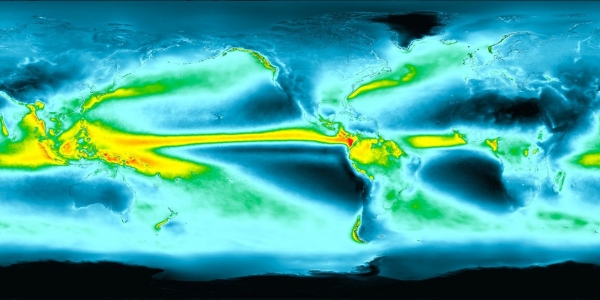A new NASA-led study has found that how rain falls in a given year is nearly as important to the world’s vegetation as how much. Reporting Dec. 11 in Nature, the researchers showed that even in years with similar rainfall totals, plants fared differently when that water came in fewer, bigger bursts.
In years with less frequent but more concentrated rainfall, plants in drier environments like the U.S. Southwest were more likely to thrive. In humid ecosystems like the Central American rainforest, vegetation tended to fare worse, possibly because it could not tolerate the longer dry spells.
Scientists have previously estimated that almost half of the world’s vegetation is driven primarily by how much rain falls in a year. Less well understood is the role of day-to-day variability, said lead author Andrew Feldman, a hydrologist and ecosystem scientist at NASA’s Goddard Space Flight Center in Greenbelt, Maryland. Shifting precipitation patterns are producing stronger rainstorms — with longer dry spells in between — compared to a century ago.
Read more at NASA
Image: Earth’s rainy days are changing and plant life is responding. This visualization shows average precipitation for the entire globe based on more than 20 years of data from 2000 to 2023. Cooler colors indicate areas that receive less rain. Warm colors receive more rain.
(Credit: NASA’s Scientific Visualization Studio)

